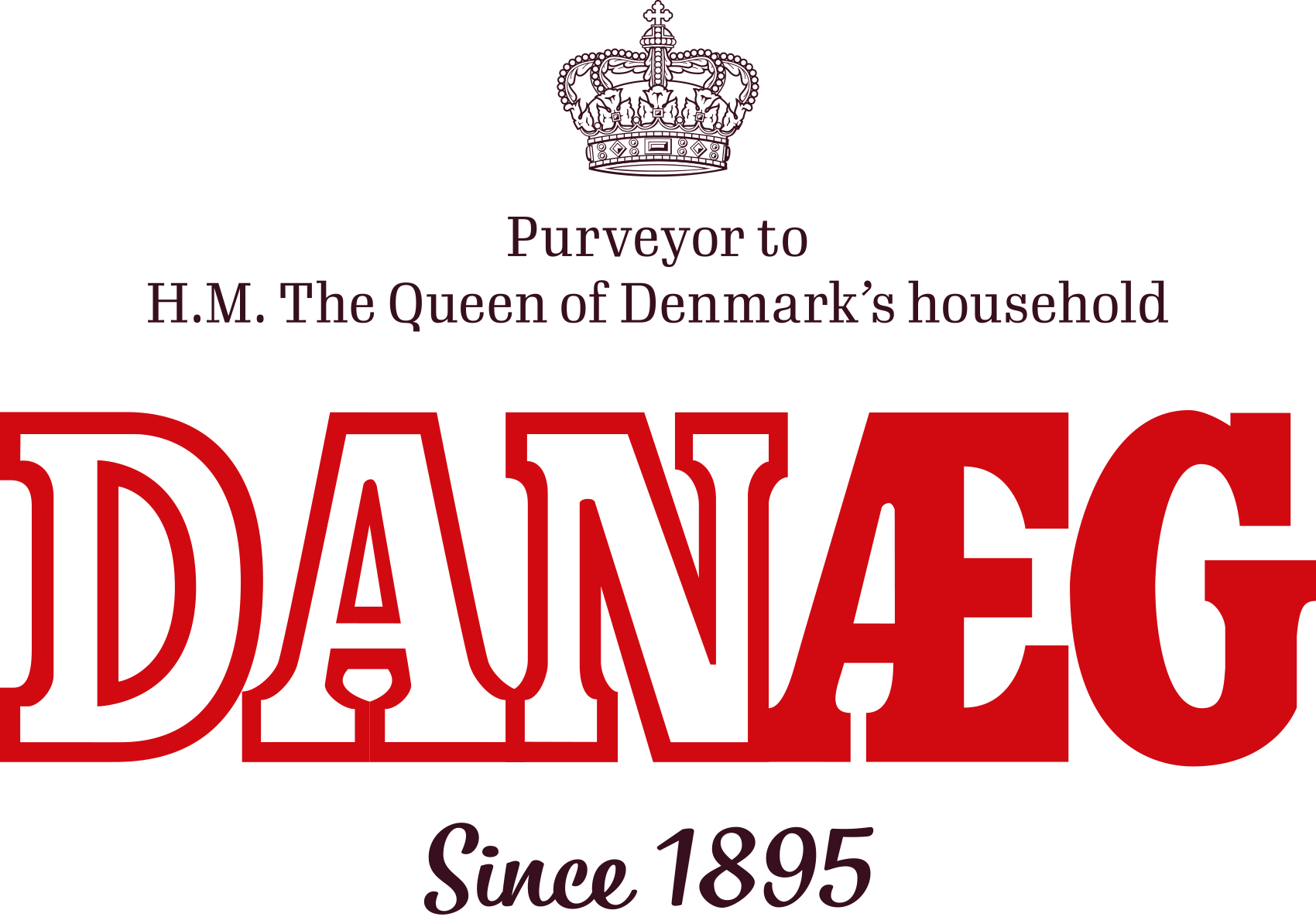The color and size of the egg
From small to X-large
In Denmark, you most often come across white eggs in the fridge. This is because the vast majority of Danish farmers keep white hens. As a rule of thumb, the color of the hen reveals the color of the egg. But in fact, it is the color of the hen's earlobe that determines the color of the egg. Can you guess what determines the size of the egg? If not, you will find the answer below.
The size of the egg
Why are some eggs small while others are large?
The size of the egg is related to two things: the breed of the hen and the age of the hen.
When our farmers get a new flock of hens, the young hens lay small eggs (small eggs weigh less than 53 grams). As the hens grow, they begin to lay larger eggs. For most of the egg laying period, the hens lay eggs in sizes M and L (from 53 grams to 72 grams). If an egg weighs over 73 grams, it is an XL egg.
The minimum weight
Why does the tray contain different sizes of eggs?
You can easily find that there are eggs of different sizes in the trays. This is perfectly normal. Together, the eggs just have to adhere to a minimum weight for all the eggs in the tray. On the back of the tray you can read the minimum weight.
The color of the egg
What is the difference between white and brown eggs?
Eggs can be many different colors, but the most common are white and brown eggs. In Denmark, about 90% of the eggs are white.
The color of a hen's earlobes suggests what color she lays eggs. A hen with white earlobes typically lays white eggs, while a hen with reddish earlobes lays brown eggs.
